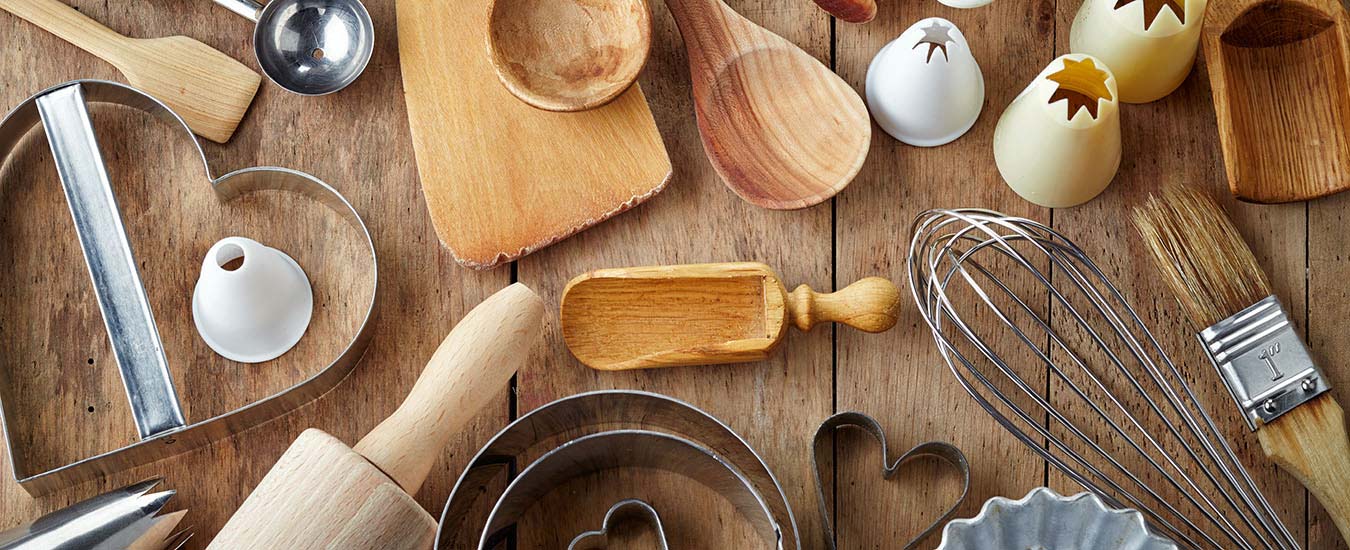Comparing lemons to some of life's misfortunes is doing a huge disservice to this amazing fruit. Lemons offer such a multitude of possible uses it is impossible to cover them all.
They provide wonderful flavours to both sweet and savoury cooking; they are delicious when used for baking and have so many wonderful, and sometimes weird, household uses they are truly one of the most versatile fruits around. The health benefits of lemons have also been lauded for many years. Packed with vitamin C, lemons are the go-to fruit when suffering from a cold or sore throat. Add a lemon slice, along with some fresh ginger, to a mug of boiling water and you have a delicious and effective cold reliever. It's been thought that lemon in tepid water taken after a meal helps to settle the stomach and aid in digestion of food.

When using lemons in cooking or baking there are a few tricks for getting the most from the fruit. Zest from a lemon can last for up to three months in the freezer; it is a wonderful addition to chicken dishes, on top of French toast or on many desserts.
On average, each lemon produces approximately three tablespoons of juice. To get the maximum amount, run the lemon under warm water then roll it between your hands until the skin feels pliable. The juice can also be frozen for later use. A lemon will last about one week at room temperature and about three weeks in the refrigerator, less if it has been cut.
When shopping for lemons look for fruit with bright yellow, unblemished skin, green patches indicate the fruit has not reached maturity. There are two types of lemons commonly available in Canada: the Lisbon and the Eureka. These lemons are both extensively grown in the southern United States and, with a few exceptions, are quite similar in appearance and taste. The Lisbon tends to be tapered at one end while the Eureka is a bit rounder. The Lisbon is also a bit thinner-skinned and primarily seedless, whereas the Eureka is thicker-skinned with a least a few seeds scattered throughout. Both are excellent lemons for savoury cooking and work quite well in baking as well. There is another type of lemon, the Meyer lemon, which, as it is not commercially grown on a large scale, is not always readily available (although my local Sobeys store does stock it from time to time). It is easily recognised by its bright orange flesh and because it is a cross between a lemon and a tangerine or mandarin it is very sweet and juicy-lovely for baking or as lemonade. Unlike the other varieties, Meyer lemons are only available from November to May.
One of my favourite ways to use lemons and lime is in a seafood dish called ceviche. A Peruvian specialty, in true Latin American style ceviche is often made with red snapper and flavoured with lemon, lime and various ingredients intended to make the dish spicy. I prefer to make mine with scallops and keep the additional ingredients flavourful but milder than traditional ceviche, so as not to overwhelm the scallops. I like to use lemon, lime, onion, cilantro and peppers. The idea of ceviche is that the acidity of lemon and lime works with the proteins in the fish, and pickles or cooks the fish without heat. Because of the acidity, ceviche is a flavourful and safe way to consume raw seafood, but be sure to always use the freshest seafood available.
Lemons have long been put to good use as household cleaners. In Victorian times the wealthy kept lemon trees in their houses to keep the home smelling fresh. Today the same principle applies- when entertaining, a bowl of lemons on the dining room table provides a delightful scent that won't interfere with the wonderful cooking smells the way heavily-scented candles or air fresheners do. They're also a nice alternative for scent-sensitive guests. I visited
www.greenlivingtips.com for some other household hints on using lemons. "Adding ½ a cup of lemon to the rinse cycle then hanging the clothes in the sun is an effective whitener. Two parts olive oil mixed with one part lemon makes an excellent furniture polish. And rubbing lemon juice onto wooden cutting boards kills bacteria and neutralizes odours."
One of the handiest uses I've found for lemons is in cleaning my microwave. I simply cut a lemon in half, add it to a cup of water in a bowl and microwave on high for one minute, any bits of food stuck on the inside of the oven wipe off with no effort at all!
Quick Tip: When shopping for lemons look for fruit with bright yellow, unblemished skin, green patches indicate the fruit has not reached maturity.
